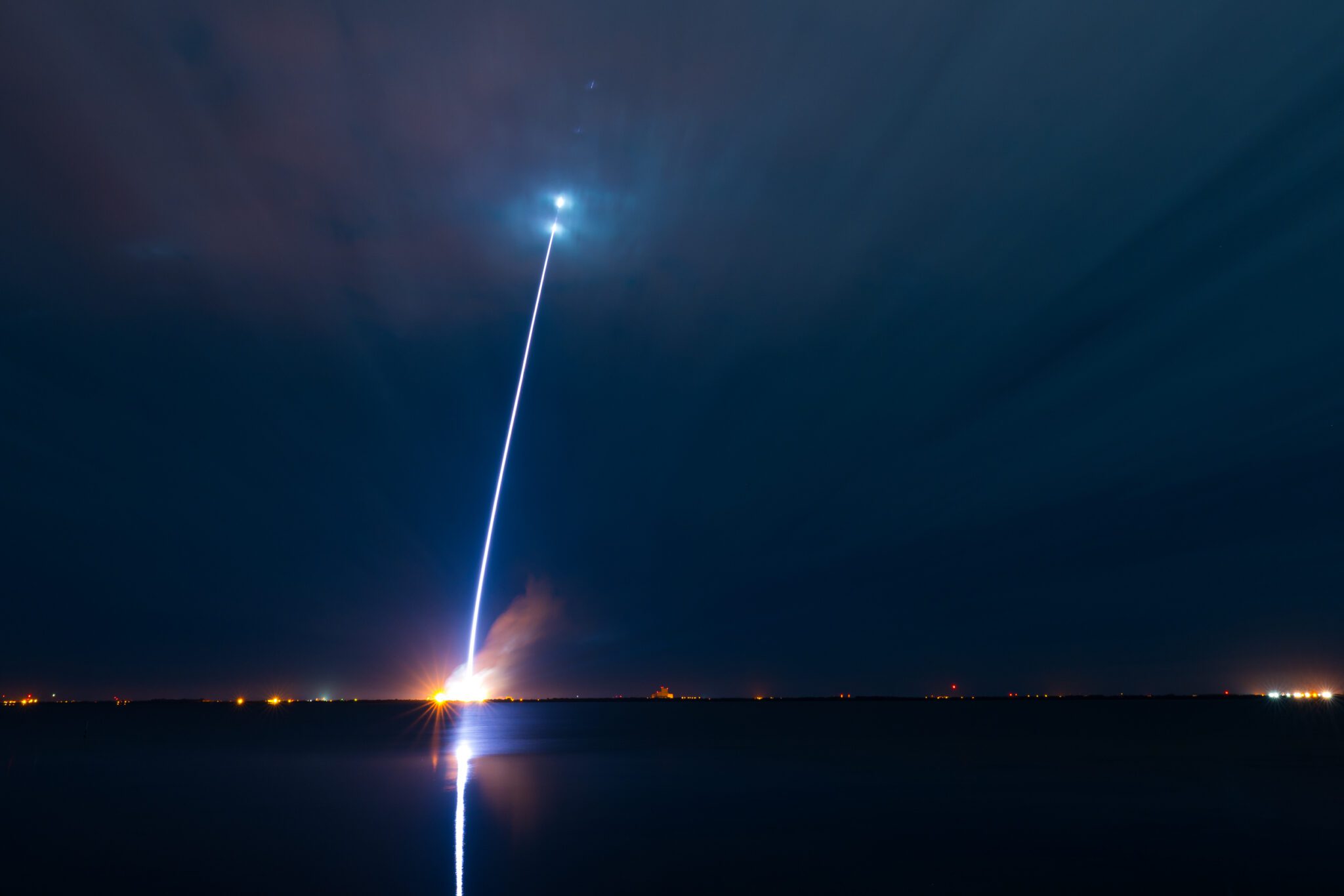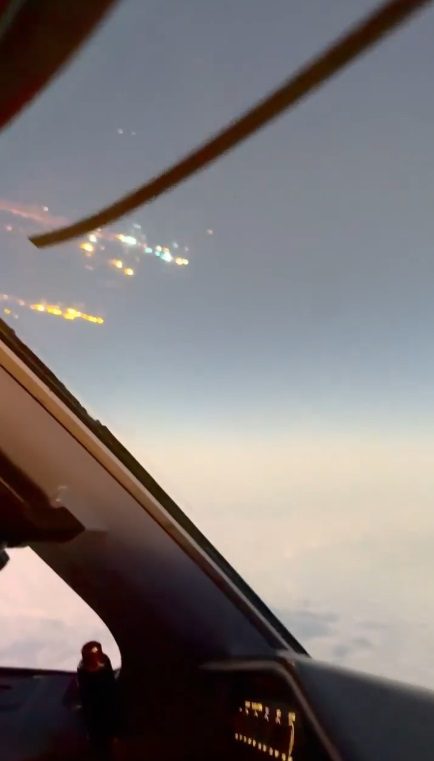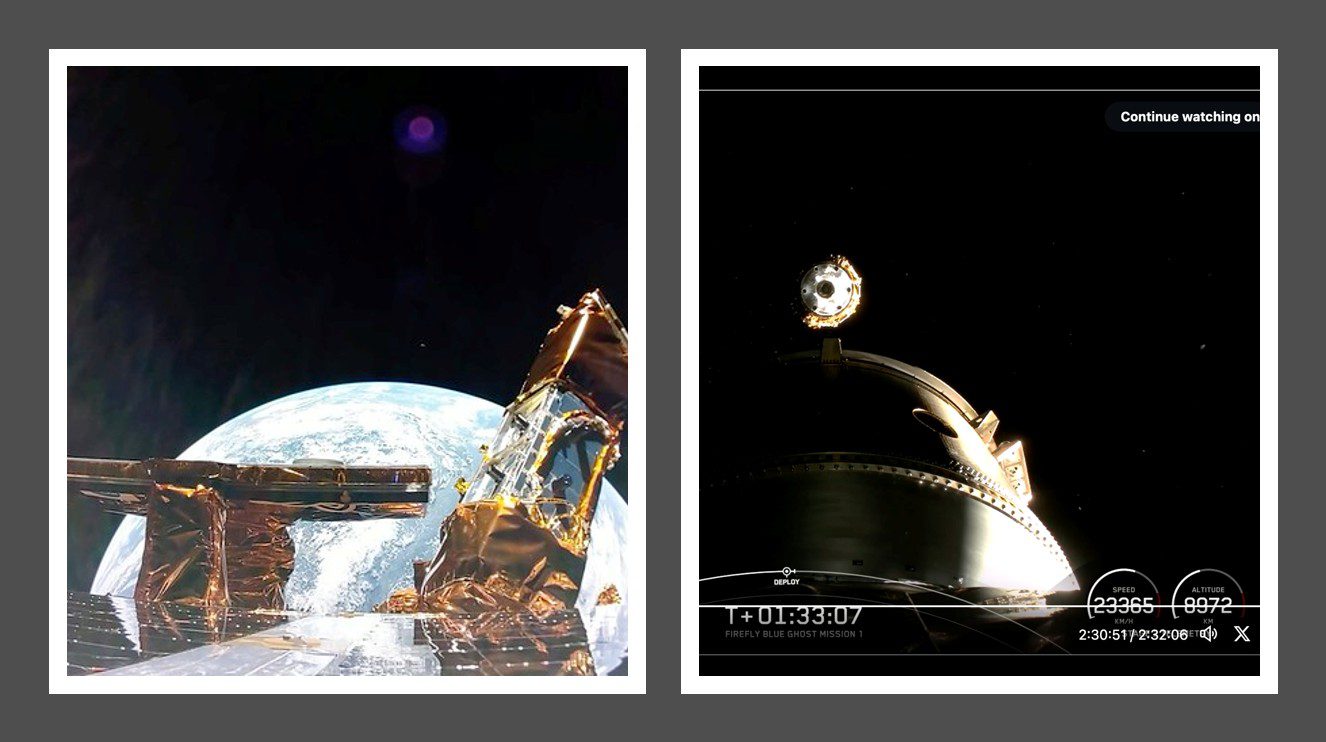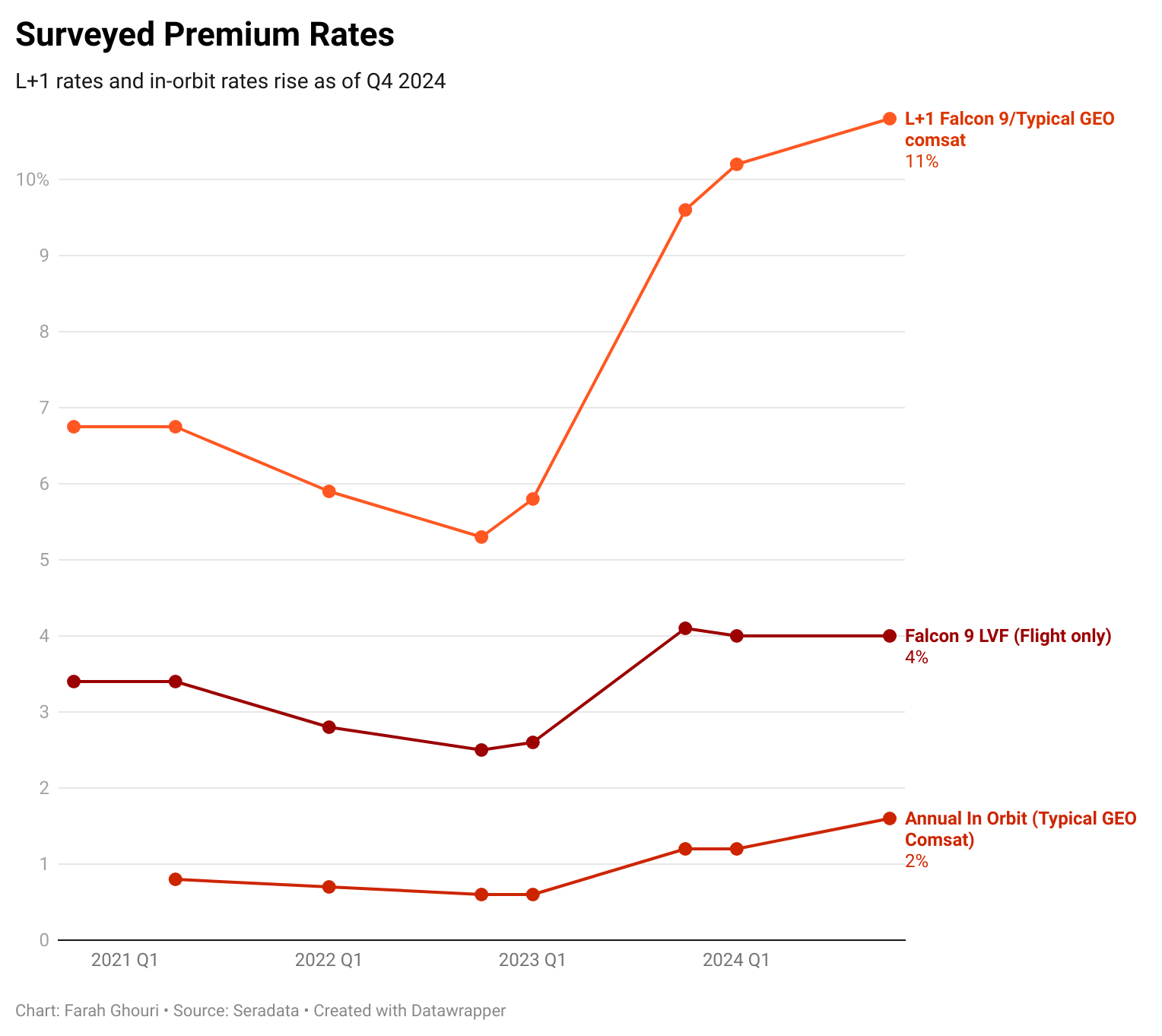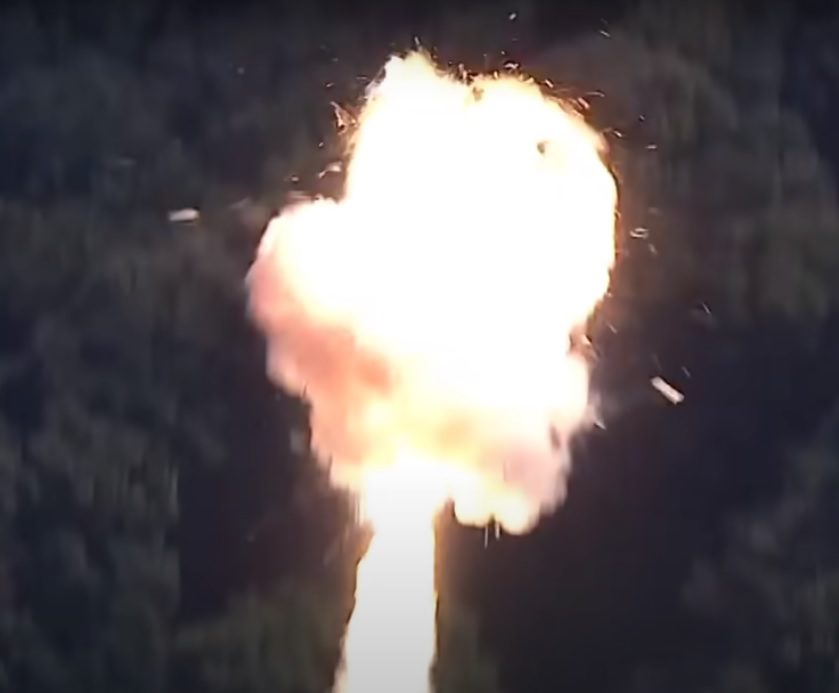At 1505 GMT on 20 May 2015, a United Launch Alliance (ULA) Atlas V rocket successfully launched the AFSPC-5 mission for the U.S. Air Force from Space Launch Complex-41 at Cape Canaveral. The AFSPC-5 was the mission name for the fourth flight of the X-37B/OTV (Orbital Test Vehicle) mini-shuttle which is used for in orbit experimentation and surveillance by the US Air Force. The exact nature of this military mission has not been disclosed though some testing will be made of a Hall Effect thruster system and also expose materials samples to the space environment.
The US Air Force declined to identify which of the two OTV craft it was using for this flight. Analysts expected it to be OTV-2 given that the OTV-1 craft has just returned from a long mission.
Also aboard the flight were nine cubesat-class spacecraft which were launched from a dispenser attached to the Centaur stage of the rocket. The X-37B/OTV-4 craft was first dropped off in a near circular orbit (later found by amateur spotters to be in a 325 x 312 km orbit inclined at 38 degrees relative to the equator) before the Centaur stage was reignited to drop off the cubesats in a 355 x 700km orbit at circa 56 degree inclination (figures from Jonathan McDowell). The Centaur stage then made a third burn to deorbit itself over the Indian Ocean.
The cubesats carried included a small solar sail (Lightsail-A), three calibration satellites (Opticubes), a satellite to test running a webserver in orbit (USS Langley), two satellites (Aerocube 8A and 8B) to test a new ion propulsion system, another satellite testing out another form of ion propulsion (BRICSat-P), a technology test satellite forerunner for Globalstar (GEARRS 2), and a communications technology test satellite (PSat).


